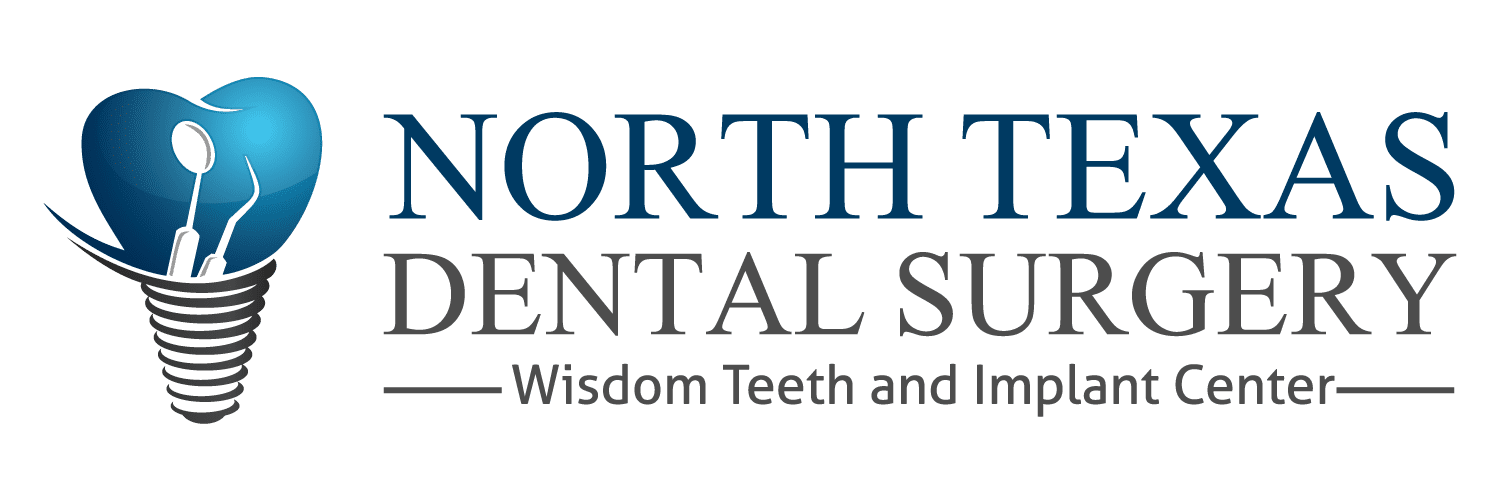What Goes Wrong with All-on-Four Implants: Critical Lessons from a Failed Case
All-on-Four dental implants promise a life-changing solution for patients with extensive tooth loss, but what happens when things go wrong? A recent case study reveals critical factors that can lead to implant failure and teaches valuable lessons for anyone considering this significant dental investment.
The Hidden Risks of Partial Treatment
One of the most common mistakes in implant dentistry is addressing only one arch while leaving severe periodontal disease untreated in the opposing arch...
Cross-contamination concerns occur when bacteria from diseased natural teeth can migrate to implant sites...
Bite complications frequently develop when only one arch receives treatment...
Medical Conditions That Compromise Implant Success
Uncontrolled Diabetes
- Poor initial healing after implant placement
- Ongoing bone loss around implants
- Increased susceptibility to infections
- Compromised immune response to bacterial challenges
Smoking and Implant Failure
Tobacco use creates a perfect storm for implant complications...
Cardiovascular Disease Connections
The link between oral health and heart disease becomes particularly critical...
Technical Factors in Implant Failure
Prosthetic Planning Issues
Improper implant positioning where implants are placed at varying levels rather than following a coordinated prosthetic plan...
Inadequate restorative space planning occurs when surgical teams fail to consider the final prosthetic requirements during implant placement...
Poor integration between surgical and restorative phases happens when communication breaks down...
Peri-implantitis and Bone Loss
- Bleeding around implant sites
- Progressive bone loss visible on X-rays
- Implant mobility (in advanced cases)
- Persistent bad taste or odor
The Importance of Comprehensive Treatment Planning
- Achieving diabetic control with HbA1c levels below 7%
- Complete smoking cessation well before surgery
- Managing cardiovascular conditions
- Resolving all existing oral infections
Warning Signs That Require Immediate Attention
- Any bleeding around implant sites
- Changes in bite or how teeth fit together
- Mobility or movement of the prosthesis
- Persistent bad taste or unusual odors
- Pain or discomfort around implant areas
Long-term Success Strategies
- Smoking cessation
- Diabetic control
- Proper oral hygiene techniques
- Regular professional maintenance
- Dietary modifications when necessary
Financial Considerations and Treatment Decisions
- Removal procedures and associated healing time
- Bone grafting procedures to repair defects
- Temporary prosthetic solutions during healing
- More complex reconstructive procedures
- Potential need for advanced techniques like zygomatic implants
Key Takeaways for Prospective Patients
- Complete health optimization including control of diabetes, smoking cessation, and management of other medical conditions
- Comprehensive oral evaluation addressing all sources of infection, not just the arch receiving implants
- Realistic expectations about maintenance requirements and potential complications
- Team expertise ensuring coordination between surgical and restorative specialists
- Long-term commitment to ongoing care and health maintenance
The Bottom Line
All-on-Four implants can provide excellent results when properly planned and executed in healthy patients...

